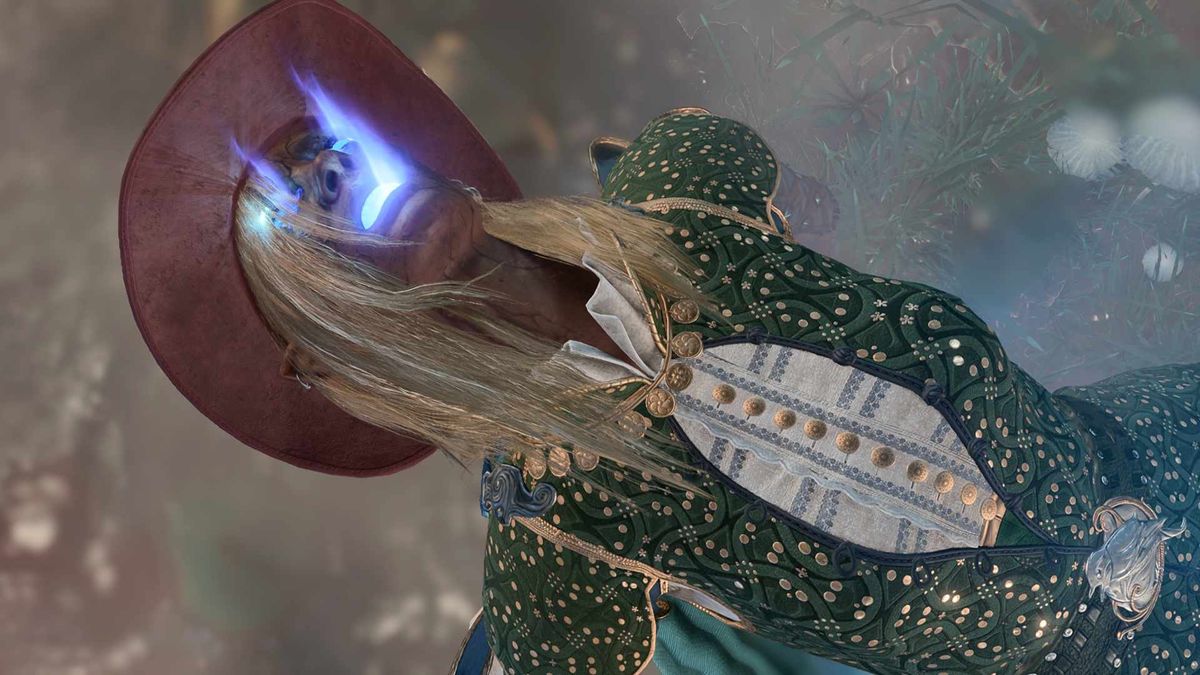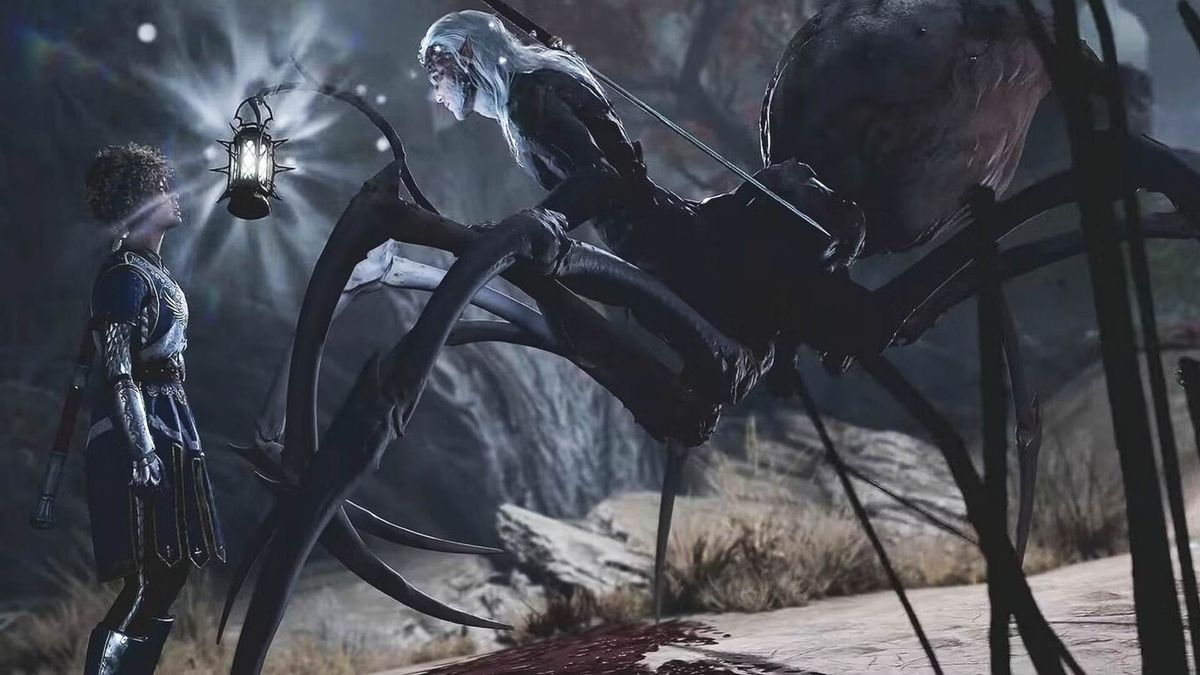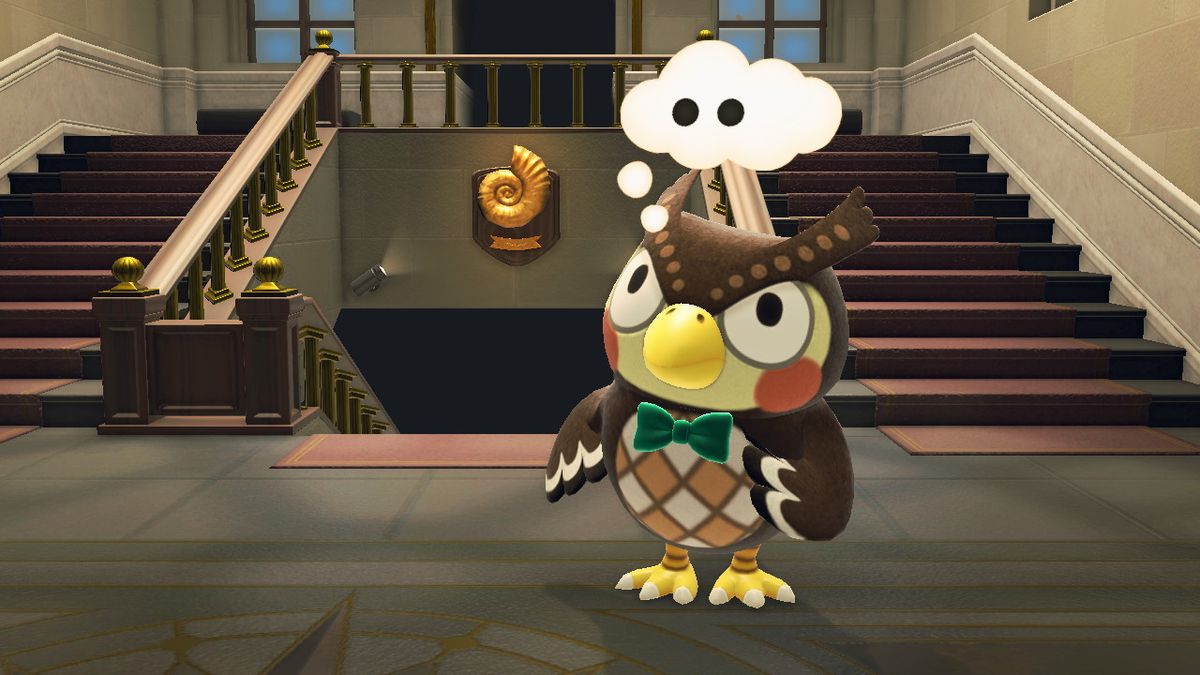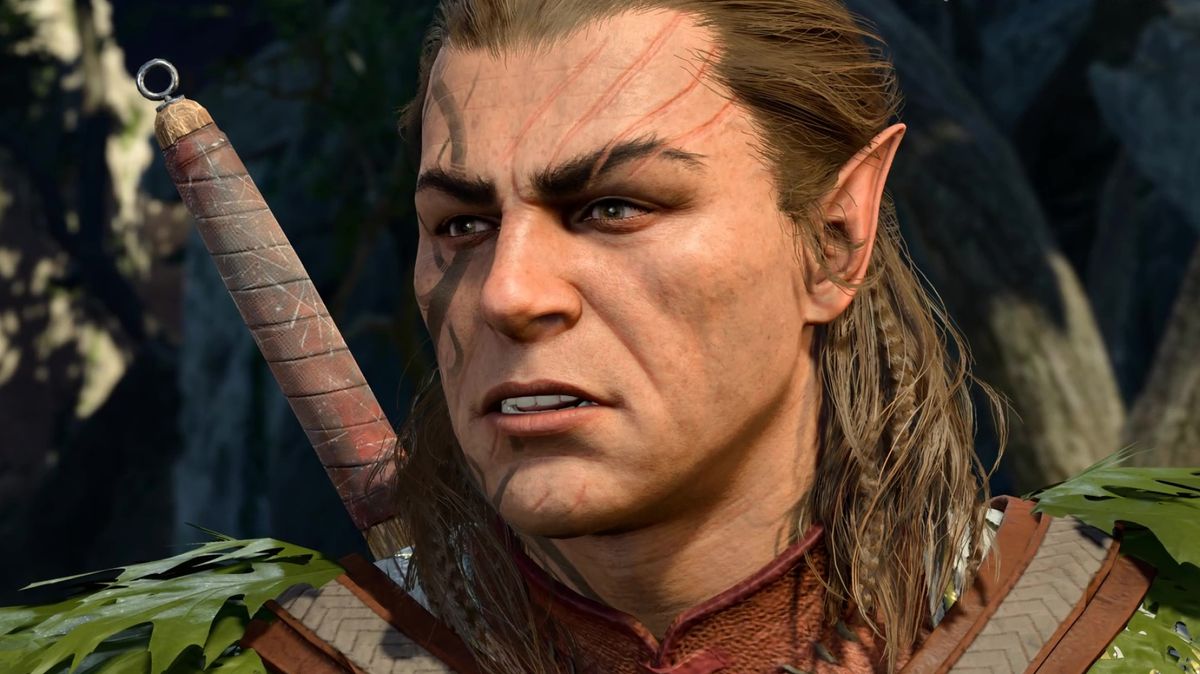For all of its swanky new fantasy elements, Tiny Tina’s Wonderlands is still Borderlands at its core. A few clever tabletop gimmicks and the addition of spells, armor, and dedicated weapons doesn’t distract from the looting, shooting, and undeniably juvenile humor that’s been integral to the series for the past 13 years. But while little has changed on the surface, replacing Pandora with the Wonderlands has given Gearbox’s flagship its biggest breath of fresh air since Telltale’s Tales from the Borderlands.
By the time Borderlands 3 came around, 10 years and three sequels after the first game’s 2009 launch, the series was showing its age. Its brand of gently cynical toilet humor and self-referential storytelling had long-since outgrown the Borderlands homeworld of Pandora, and its bombastic cast members were struggling to hold their own even as they headed out into pastures new.
The result is that after a few hours, Tiny Tina’s Wonderlands is at its weakest when it’s focused on the past. A Claptrap side-quest that could have been lifted almost beat-for-beat from any previous game definitely outstays its welcome in the midst of a much better arc about a group of goblins taking industrial action. A throwback to a forgettable Borderlands 3 NPC distracts from the introduction to the hub world, and after that it’s hard to throw off the idea that anyone you meet might be a similarly obscure nod to something you should remember from some time in the early 2010s. The exception, of course, is Tina herself.
Star of the show

“And while humor is a significant part of Borderlands’ cultural currency, so is its loot-based combat.”
Ashly Burch shines in her return to her breakout role, but the character’s success stems from the freedom that her fake fantasy setting provides. The more contained, high fantasy-style areas of the Wonderlands are a treat compared to Pandora or the rest of Borderlands 3’s sprawling planets. Wanda Sykes and Andy Samberg as Frette and Valentine allow for exposition not hampered by the same characters dutifully trotted out since 2009. The tabletop RPG pastiche also offers an updated framework for Borderlands’ sense of humor – it’s still present, but there are now new jokes to tell.
Some of those new jokes lean much closer to the tabletop setting than Borderlands’ traditional sci-fi – a reference to a ‘half-bard’ was a particularly subtle call-out of the intricacies of Dungeons & Dragons’ character creation. For most of the tabletop-related gags, however, you’d only need the most cursory knowledge of D&D and its ilk to get in on the joke, while the change in setting seems to have been all that Wonderlands needed to breathe something new into Borderlands’ brand of humor. It’s hard to identify exactly what’s different, but Tiny Tina’s Wonderlands has made me laugh more in the first few hours than Borderlands 3 had by the time I’d departed the third of its four planets

READ MORE

I said I was out after Borderlands 3, but Tiny Tina’s Wonderlands has pulled me back in
And while humor is a significant part of Borderlands’ cultural currency, so is its loot-based combat. In many ways, that’s unchanged in Wonderlands. Guns transfer surprisingly well into this new, fantasy setting, and headshotting a zombie isn’t dramatically different from putting one between the eyes of a bandit. Armor and melee weapons have been added into the loot mix; the former allows for a multiclass system that lets you experiment alongside Borderlands’ generous respeccing tool, while the latter finally fleshes out close-quarters combat, adding a little extra diversity to your combat options.
The mileage you’ll get out of those changes will vary based on your exact build, but no matter how you shape your character, the most exciting tabletop-style change is the addition of spells. Replacing the grenades that fill out your Borderlands arsenal, spells swap out crude explosives for far more powerful abilities. Now I can skewer enemies with shards of ice, or call a meteor to come crashing down on top of them. As well as being a more memorable combat option than its predecessor, the system is yet another clever nod to tabletop gaming and its iconic spell slots.
Wonderlands is full of little references like that. Like Borderlands before it, its regular chatter is filled with constant throws to something; a pun, a reference, a stupid joke that just barely holds together within the series’ ridiculous framework. But with Tiny Tina at the helm and an entirely new format to work within (and poke fun at), there’s a novelty to Wonderlands that belies the age of the series that helped establish it. Everything you might have loved about Borderlands is still here, sometimes even in an overabundance, but Wonderlands’ handful of new ideas could have proved enough to catapult the franchise forward into a new era that doesn’t need to lean so heavily on its past.
Big fan of cel-shaded looter-shooters? Check out the best games like Borderlands.
 Games News games, movies and TV you love.
Games News games, movies and TV you love.



